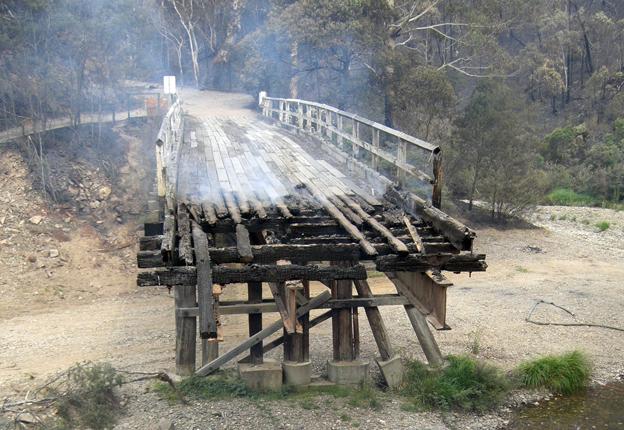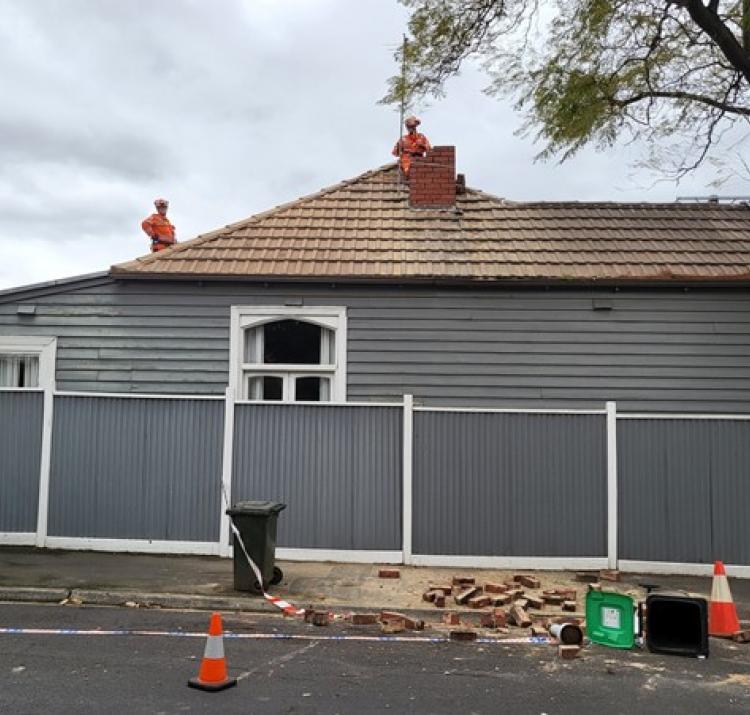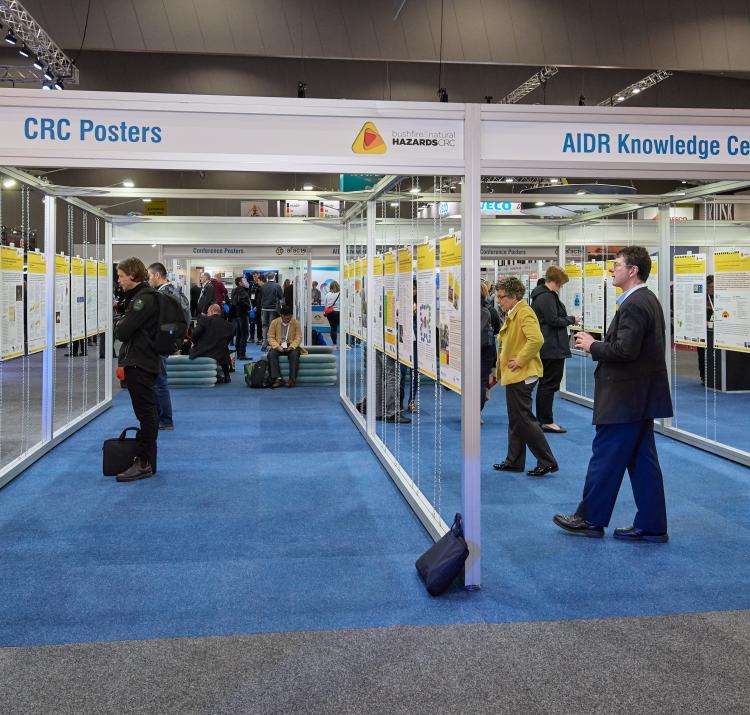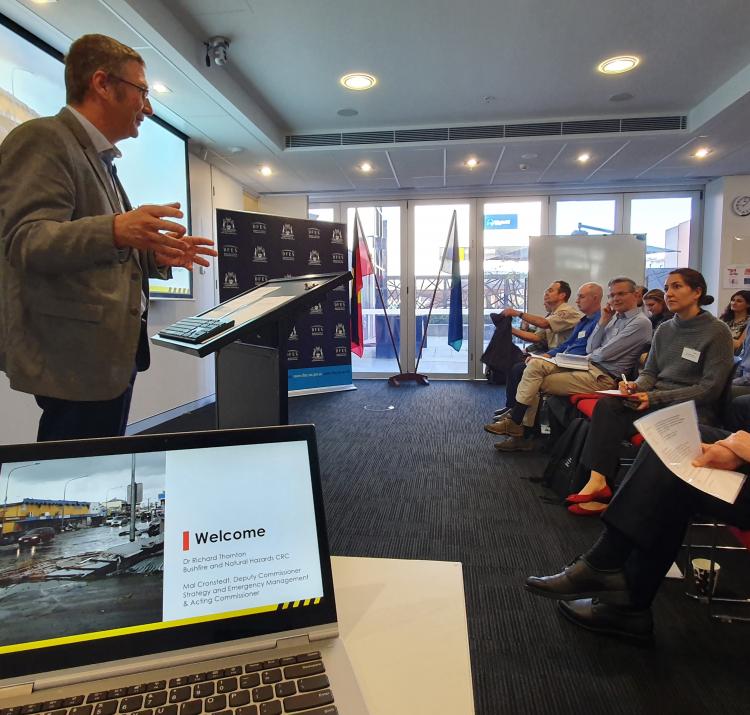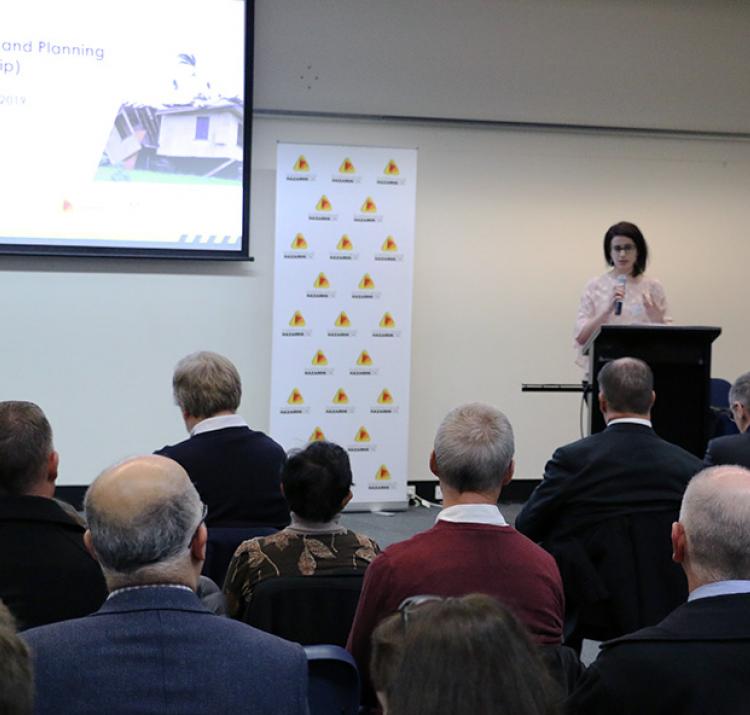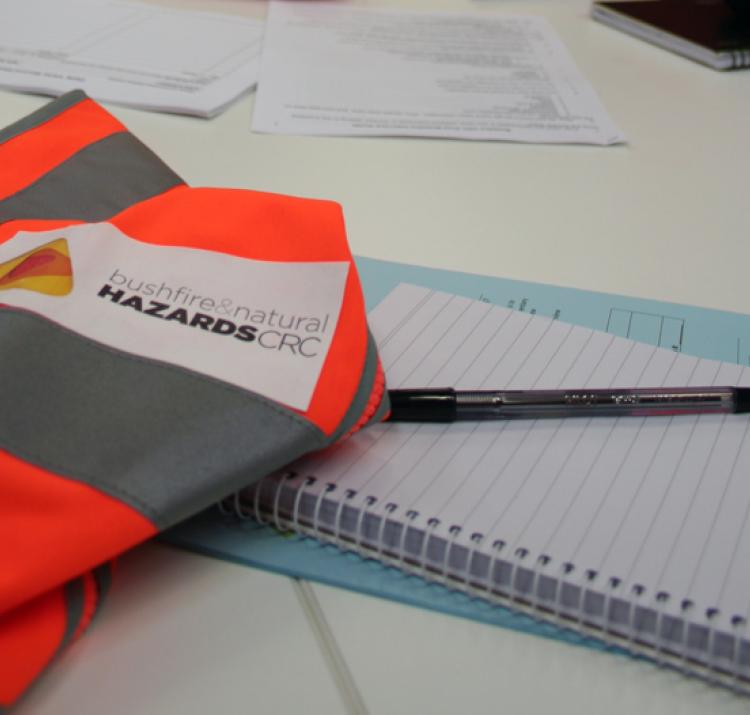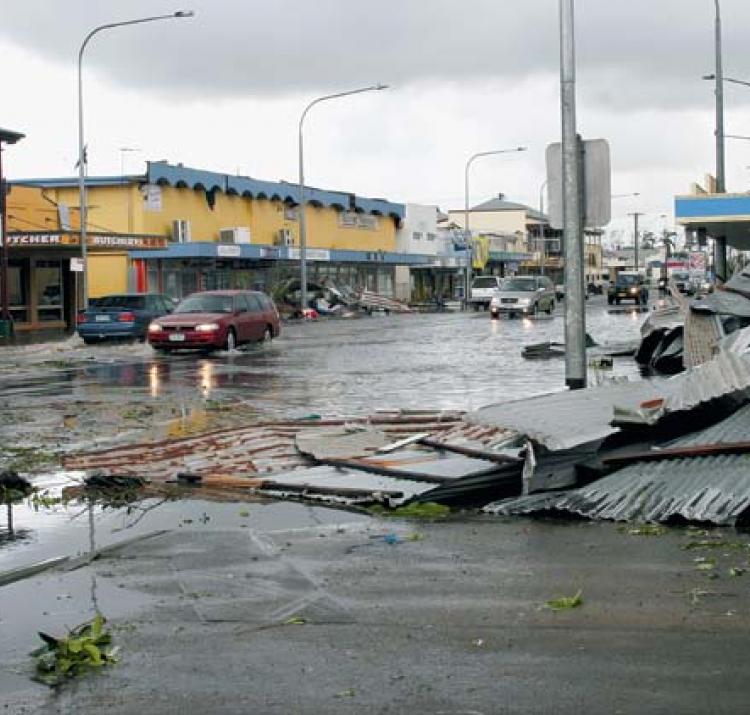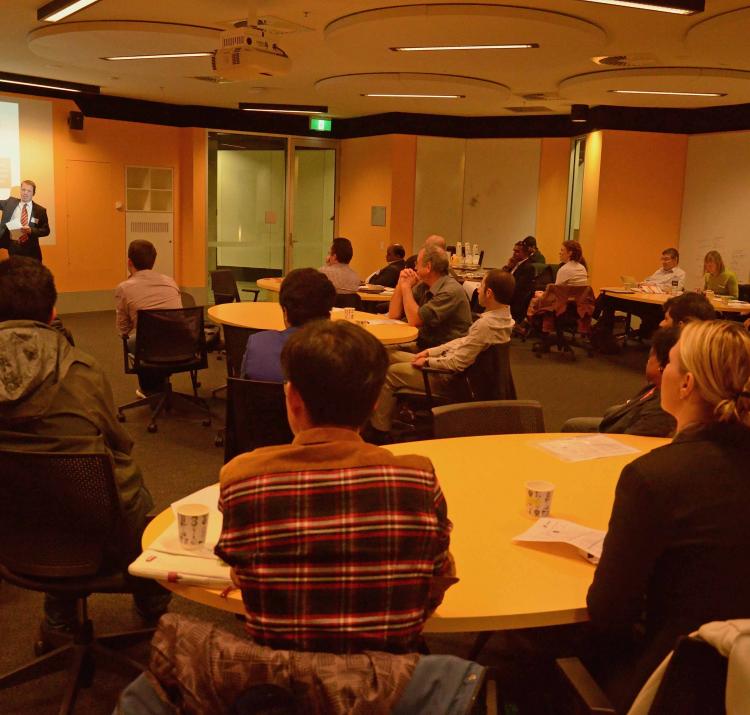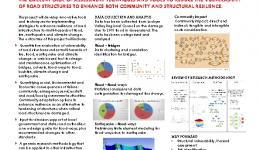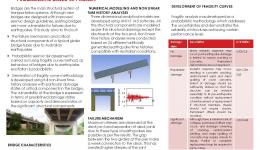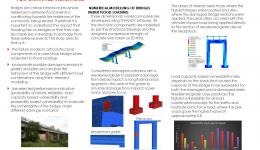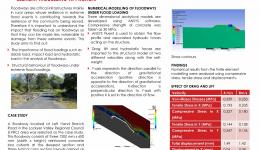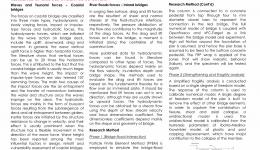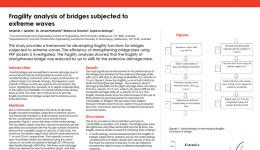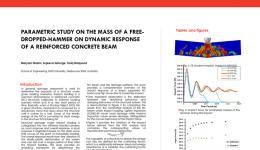Research leader
Research team
End User representatives
Student researchers
Bridges, culverts and floodways are lifeline road structures and part of road networks, which have a significant role in ensuring resilience of a community before, during and after a natural disaster. Historical data demonstrates that the failure of road structures can have catastrophic consequences on a community affected by disaster due to the impact on evacuation and post disaster recovery. The main objective of the project is to understand the vulnerability of critical road structures: bridges, culverts and floodways under natural hazards of flood, bush fire and earthquakes. Once the level of vulnerability is established, the evaluation of importance of the structures for prioritization for hardening is important for decision making by road authorities.
The project addressed the above gap in knowledge through a comprehensive research program undertaken in collaboration with three research partners and six end user partners. Major findings of the research include identification of the levels of hazard exposure which could lead to failure of structures and the other parameters affecting failure. Further, methods of modeling road structures under different loading regimes has been developed with case studies of typical structures. New design approaches for building back better have been proposed for floodway structures based on parametric analysis of typical types of floodways.

